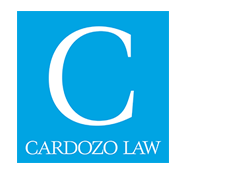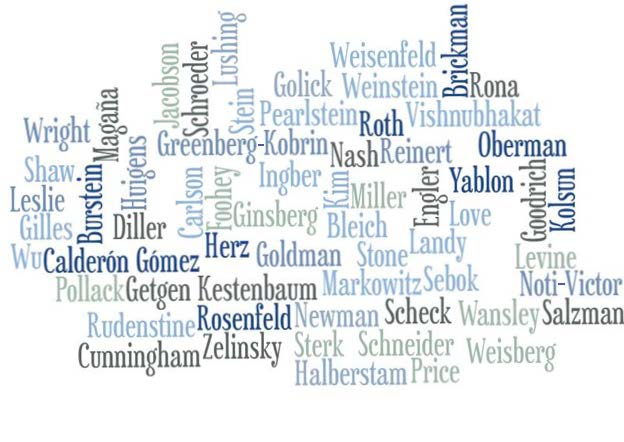Publication Date
3-2010
Journal
Stanford Law Review
Abstract
In Bivens v. Six Unknown Named Agents of Federal Bureau of Narcotics, 403 U. S. 388 (1971), the Supreme Court held that the Federal Constitution provides a cause of action in damages for violations of the Fourth Amendment by individual federal officers. The so-called "Bivens "cause of action—initially extended to other constitutional provisions and then sharply curtailed over the past two decades—has been a subject of controversy among academics and judges since its creation. The most common criticism of Bivens—one that has been repeated in different venues for thirty years— is that the Court's individual liability model, in which the offending officer is personally liable in damages, should be abandoned in favor of a governmental liability model akin to respondeat superior liability.
Commentators base their criticism of the individual liability model on two empirical assumptions: (1) Bivens suits are almost never successful; and (2) the defense of qualified immunity, available only to individuals, is a nearly insuperable barrier to plaintiffs' prevailing in Bivens claims. On this account, a move to the governmental liability model will ensure adequate compensation and deterrence while removing a substantial barrier to plaintiffs' success. These empirical claims about the general failure of 'Bivens suits and the explanation for that failure have never been tested. This Article corrects that oversight by offering the results of the first detailed empirical study of the determinants and outcomes of Bivens litigation. Based on data collected from cases filed in five district courts from 2001-2003, this Article concludes that the truths that scholars and judges have taken as a given are unsupported. Bivens claims succeed at a much higher rate than previously thought, especially compared to other civil rights litigation, and the defense of qualified immunity rarely plays a role in the outcome of Bivens litigation. These data call into question the given wisdom about the characteristics of Bivens litigation, and undermine the policy proposals that have occupied the field of Bivens scholarship.
Volume
62
First Page
809
Publisher
Stanford Law School
Keywords
Bivens, civil rights, individual liability, entity liability, docketology, qualified immunity
Disciplines
Civil Rights and Discrimination | Constitutional Law | Labor and Employment Law | Law | Law Enforcement and Corrections | Torts
Recommended Citation
Alexander A. Reinert,
Measuring the Success of Bivens Litigation and Its Consequences for the Individual Liability Model,
62
Stan. L. Rev.
809
(2010).
https://larc.cardozo.yu.edu/faculty-articles/714
Included in
Civil Rights and Discrimination Commons, Constitutional Law Commons, Labor and Employment Law Commons, Law Enforcement and Corrections Commons, Torts Commons



